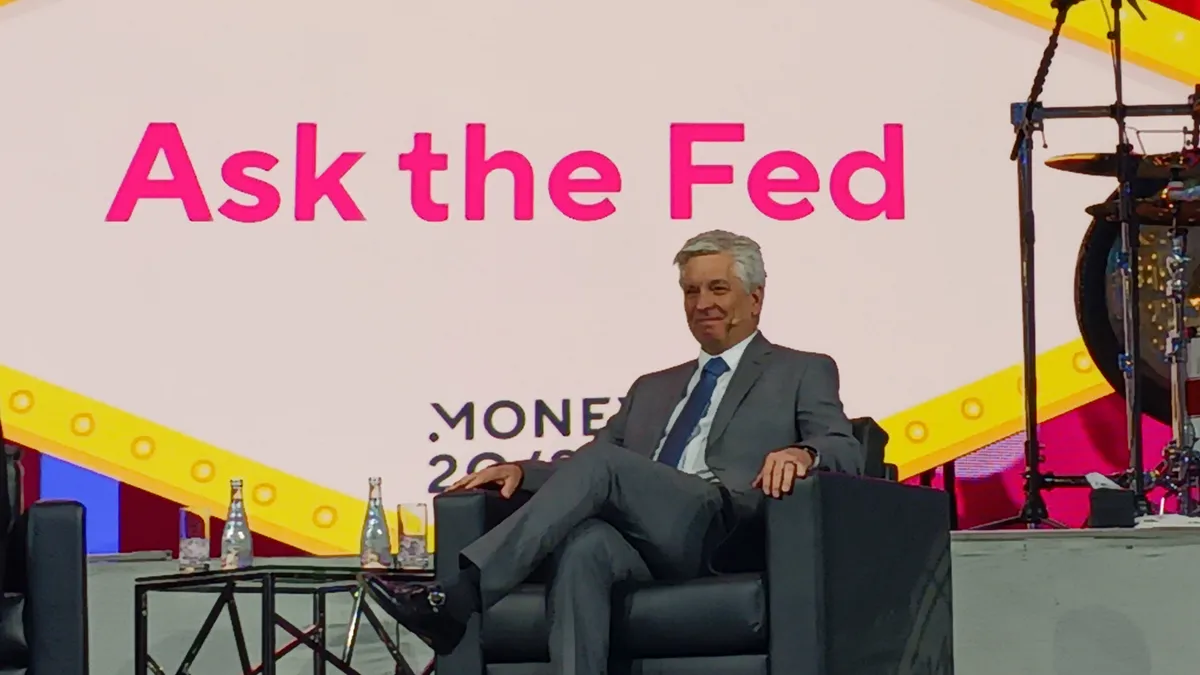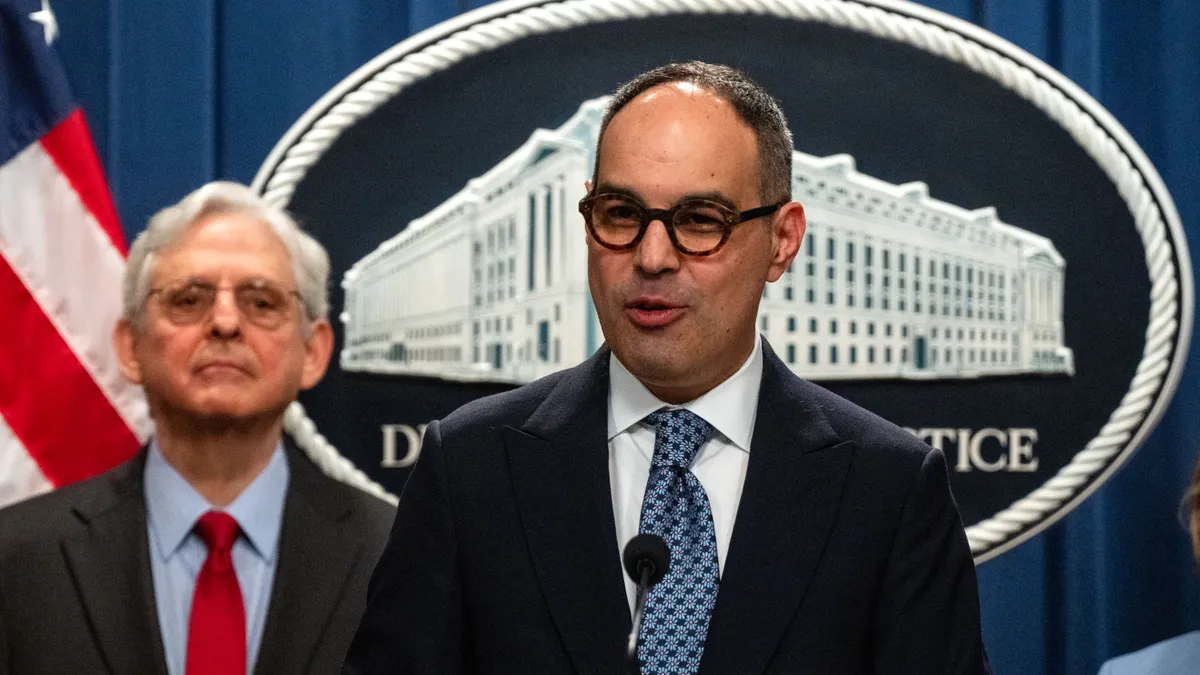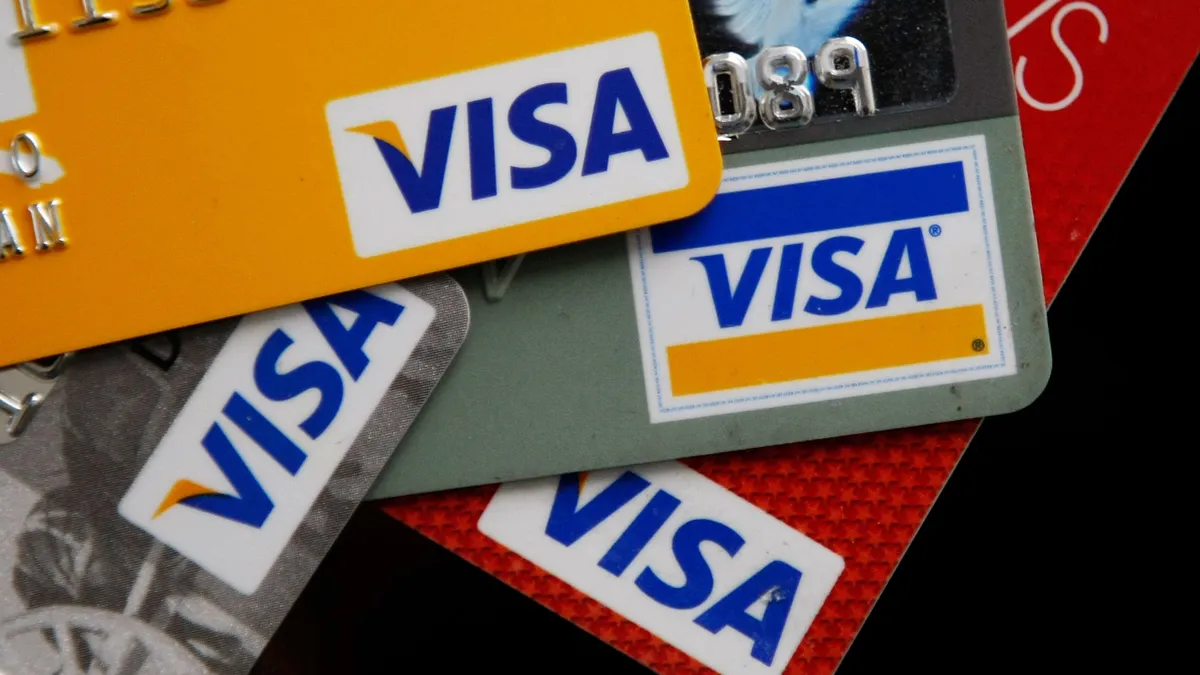Federal Reserve Gov. Christopher Waller has asked the central bank’s staff to review creating a payment account that could be tailored to private sector uses more limited than a master account.
At the Fed’s Payments Innovation Conference in Washington Tuesday, Waller explained how such an account could be better suited to emerging financial technology companies, and would limit the risk taken on by the central bank for such uses.
“I have asked Federal Reserve staff to explore the idea of what I’m calling a payment account,” Waller said in addressing the conference. “The payment account would be available to all institutions that are legally eligible for an account and would be beneficial for those focused primarily on payment innovations.”
Fintechs have been clamoring for direct access to the Fed’s services for years, and exploring various potential special charters. As an alternative, many have created relationships with banks in banking-as-a-service arrangements that give the non-bank companies access to Fed services.
Still, the fintechs and their trade groups have continued to push lawmakers and regulators to give them more access to the Fed’s master account services as they seek to compete with banks in some cases. Meanwhile, the banks and their trade groups have been fending off the efforts.
President Donald Trump’s administration has embraced digital payments and digital assets, issuing an executive order to modernize the federal government’s payments system and signing the Genius Act to build an infrastructure for stablecoins.
Waller said the Fed had turned a corner in how it sees the emerging digital payments and currency landscape. As the Fed’s payments committee chairman, Waller said he sought to have the conference acknowledge how new decentralized finance and cryptocurrency technologies are shaping mainstream payments.
“I wanted to send a message that this is a new era for the Federal Reserve in payments, the defi industry is not viewed with suspicion or scorn,” Waller said. “My view for the Fed from now on is embrace the disruption– don’t avoid it,” he added.
The private sector best leads the way to move innovation that the central bank needs to take into consideration for its own systems, he said.
Waller explained how today the Fed banks offer master accounts to legally eligible entities, namely financial institutions, but the payment account would be a “skinny” version of a Fed master account, offering more limited services, and commensurate risk for the central bank.
“Payment innovation moves fast, and the Federal Reserve needs to keep up,” Waller said.
Such an account would provide “basic Federal Reserve payment services” and cater to those entities currently tapping such services through a bank partner that has access to a Fed’s master account, he said.
“There are many eligible firms engaged in substantial payments activities that may not want or need all the bells and whistles of a full fledged master account or access to the full suite of Federal Reserve financial services to successfully innovate and provide services to their customers,” Waller said. “The idea is to tailor the services of these new accounts to the needs of these firms and risks they present to the Federal Reserve Banks and the payment system.”
The skinny account would provide access to the Fed’s payments rails, while controlling the size of the account to manage the impact on the Fed’s balance sheet, Waller said.
The Fed banks would not pay interest or offer overdraft protection for the new type of payment account, and a balance cap could be imposed, he said. The new account type also wouldn’t give the fintechs access to discount window borrowing from the Fed, he added.
Waller emphasized that he was only floating the possibility of a new payments account and that the Fed would reach out “shortly” to get input from the financial services community about possible benefits and drawbacks.
“I want to be clear that this is just a prototype idea to provide some clarity on how things could change,” Waller said. “The upshot is that, in my view, the payments landscape, as well as the types of providers, has evolved dramatically in recent years, and accordingly, a new payments account would better reflect this new reality.”












